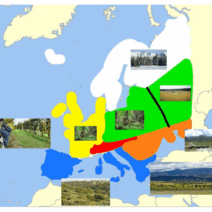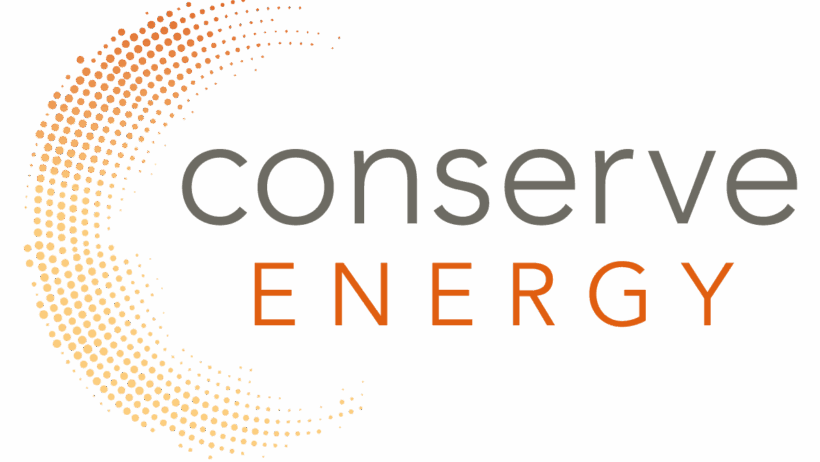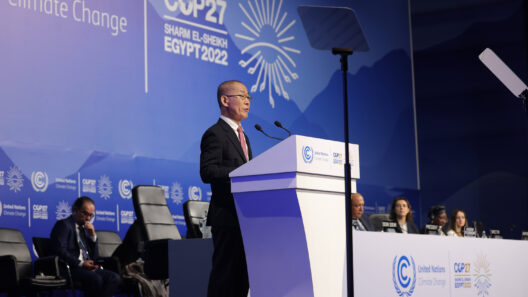Running, much like the intricate dance of nature, embodies an endurance that transcends the mere act of putting one foot in front of the other. It invites participants into a liminal space where human vigor collides harmoniously with the powerful elements of the natural world. However, as we find solace in the rhythmic pounding of our feet against the earth, there lies an imperative: to align our running practices with efficient energy conservation. By embracing the essence of endurance while maintaining a conscientious regard for energy consumption, we can become stewards of both our health and our planet.
To understand the symbiotic relationship between running and energy conservation, one must first examine the anatomical engine that drives the human body. The muscles, like finely-tuned machinery, demand various forms of fuel to operate at peak performance. Yet, how can we optimize this internal engine while minimizing our ecological footprint? The answer lies in the art of efficiency.
Mindful Preparation: The Pre-Run Ritual
The journey begins long before the runner hits the pavement. The preparation phase, akin to a rehearsal before a grand performance, sets the tone for energy conservation. Prioritizing proper nutrition and hydration is paramount. Whole foods, abundant in nutrients, serve as the body’s optimal fuel source, reducing the need for excessive supplementation. Foods high in complex carbohydrates, proteins, and healthy fats enhance endurance while ensuring that energy expenditure is minimized.
Moreover, daring to tread the path of the eco-conscious athlete calls for equipment choice—opting for sustainable running shoes manufactured from recycled materials or biodegradable options. The careful selection of running gear not only enhances performance but also mirrors the collective ethos of environmental stewardship.
Efficient Training: The Art of Endurance
The cadence of a runner’s breath, coupled with her heartbeat, resembles the symphonic pulse of the earth itself. Every stride taken on a running trail is an opportunity to engage sustainability through energy-efficient training methodologies. Interval training, for instance, maximizes aerobic capacity while minimizing the overall time spent exercising. This form of training allows the athlete to elicit maximum performance benefits without the extended energy drain associated with longer, less-targeted running sessions.
Integrating cross-training into a running regimen also fosters energy preservation. Activities such as cycling, swimming, or yoga not only bolster overall fitness but mitigate the repetitive strain on the joints experienced during ongoing running sessions. This holistic approach cultivates resilience in the body and underscores the principle of energy conservation by diversifying physical exertion.
Nature as a Guide: Trail Running
In a world increasingly characterized by urban landscapes, trail running emerges as a captivating alternative that celebrates the intrinsic beauty of nature while significantly reducing energy costs associated with artificial environments. Embracing the undulating contours of a trail allows runners to harness gravity, conserving energy on downward slopes while directing their momentum. The outdoor setting acts almost as a teacher, coaxing runners to fine-tune their pacing and rhythm in alignment with the terrain.
Engaging with nature also fortifies mental resilience—an invaluable asset in energy conservation. The sights, sounds, and smells of a natural environment elicit feelings of connection and presence, which can translate into fluid running rhythms and reduced energy expenditure. Thus, trail running becomes not just an exercise, but a reverent communion with the environment.
Hydration Strategies: A Flowing Resource
Running, particularly in demanding conditions, requires astute hydration strategies. The adage “hydrate or die” should transition into a more mindful framework of “hydrate efficiently.” Utilizing reusable water bottles or hydration packs diminishes single-use plastic waste, rendering the runner a guardian of the earth’s resources. Moreover, understanding the body’s hydration needs based on various environmental factors—temperature, humidity, and intensity of exertion—can prevent both over- and under-hydration, cultivating an ongoing dialogue with the body that respects its needs.
Further, embracing electrolytes and natural hydration sources, such as coconuts and fruits, aligns physical endurance with environmental mindfulness, reinforcing the principle that what benefits our bodies can simultaneously benefit the planet.
Post-Run Reflection: Energy’s Cyclic Nature
Energy conservation extends beyond the physical act of running; it encompasses the entire cycle of preparation, execution, and recovery. Post-run recovery strategies can, metaphorically and literally, sow seeds for a more sustainable practice. Emphasizing rest, nutrition, and muscle recovery techniques—like foam rolling or stretching—leads to enhanced muscle health while conserving energy for subsequent runs.
Moreover, engaging in community-focused events, such as local clean-up runs, fosters a culture of sustainability. These gatherings intertwine fitness with environmental activism, allowing participants to contribute collectively to the preservation of their surroundings while embodying the qualities of endurance and efficiency.
A Lasting Footprint
As the final distance is covered and the last footsteps fade into the horizon, the impact of a mindful runner reverberates on multiple levels. The dedication to conserve energy while running encapsulates a greater narrative—one where individual actions resonate within the global framework of climate consciousness. In reimagining the landscape of running through the lens of efficiency, every runner transforms into a potent agent of change, echoing the urgent call to action for a sustainable world.
Through disciplined choices, informed preparation, and respectful interaction with nature, running can ascend from mere activity to a powerful metaphor for resilience and stewardship. By integrating these principles, runners not only enhance their own endurance but also become unwavering advocates for the environment, ensuring that future generations can revel in the beauty of both nature and movement. The ethos of conservation interspersed with the thrill of the run creates a harmonious blend where endurance meets efficiency, a true testament to life’s fleeting rhythms and the enduring spirit of the earth.






